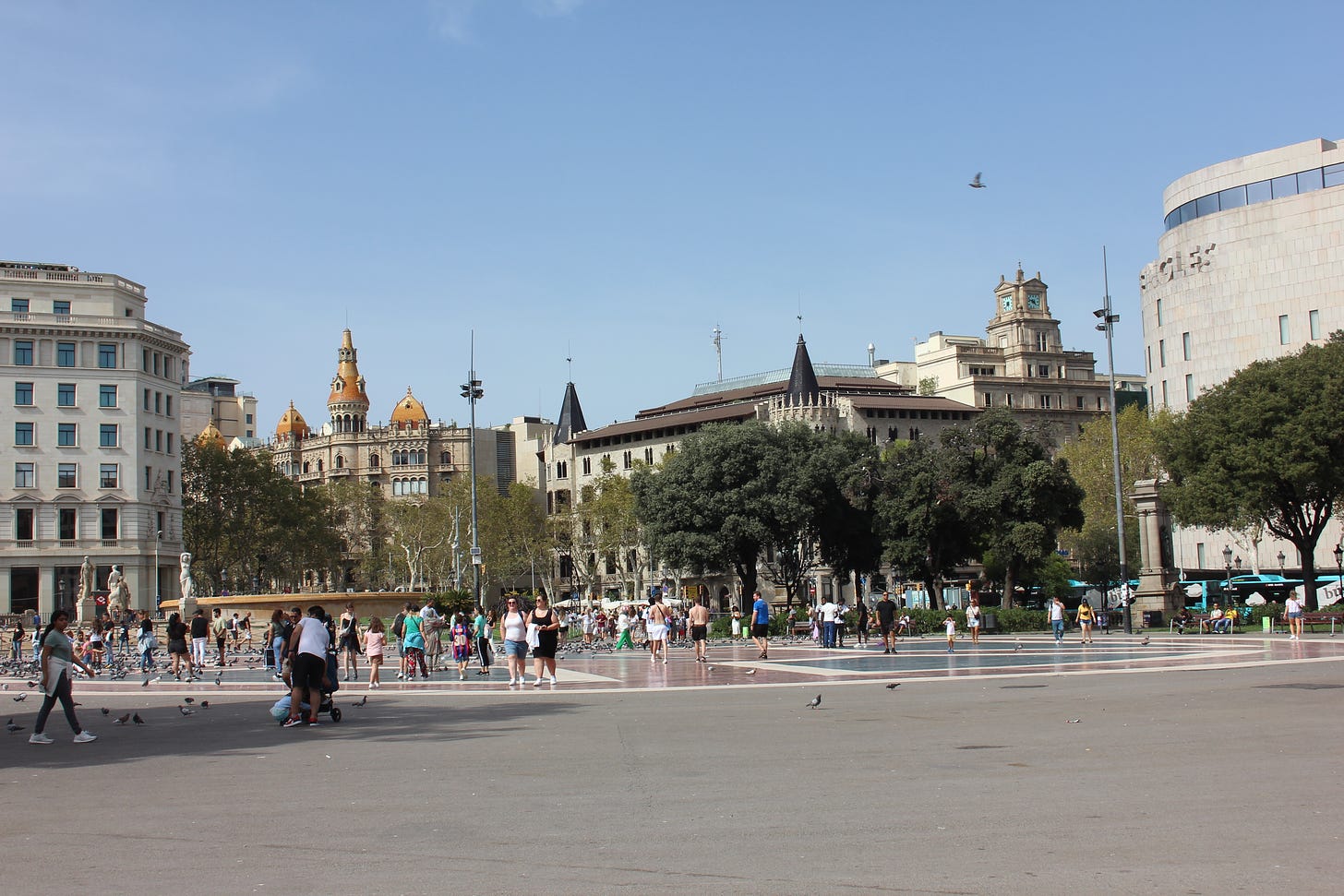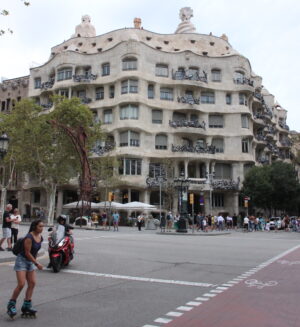Last year, I visited New York and Seattle and was surprised to see so many homeless and drug addicts roaming around the streets. Public transportation seemed more chaotic than usual and the cities still were reeling with disorder and a highest cost of living. I haven’t visited other cities there recently, but many visitors tell horror stories of Chicago, San Francisco and Los Angeles, not to mention Philadelphia, where the “walking dead” filled with meth and “tranq” take over many sidewalks and live permanently in tents.
In Europe, however, I’ve been recently to Berlin, Barcelona and Palermo, and all of them seemed to be doing pretty well. The cities were swarming with tourists, with many streets converted into pedestrian zones and full of restaurants, shops and cafes. The sidewalks looked cleaner than just a few years before, and they didn’t give a feeling of danger or decay as some American streets do these days. Sure, there were also a few beggars here and there, but not as many as in major American cities. While in the U.S. violent crime and shoplifting have lead to many store closures, in Europe this is rarely an issue, although you may need to be careful of pickpockets and gypsy pretend-beggars.
Paris, on the other hand, seemed a bit seedier than usual, at least if you got lost in the less central neighbourhoods, although the touristic zones seem still fine. There’s a clear connection between migrant/poorer neighbourhoods and seediness, of course. Even costly Stockholm seems to have this problem as well. I don’t know if this is an issue in Helsinki. It seemed fine when I was there.
But, in general, my impression is that in recent years, at least after the Covid psyop catastrophe ended, European cities have improved or recovered, while American cities have continued to go downhill. I don’t know why that is. I think that Americans traditionally tend to prefer living away from big cities, and during Covid many people have moved to the countryside, suburbs or small towns, which seem to be flourishing.
Now, there is also a political division in the U.S. — Big Cities are mostly Blue or Democratic, while small towns and the countryside are Red or Republican — Trump Country. Strangely enough, during Biden’s supposed reign, Blue cities are doing worse, and Red suburbs and small towns, better.
But, in Europe, this is not a big phenomenon — people still flock to big capital cities as small villages are abandoned. So the money and resources and jobs are concentrated there.
Of course, many cities in Europe live off tourism, so I don’t know what would happen if that faucet was closed. They did suffer awfully during Covid, and there are some indications that some people want to bring that nightmare back.
Another aspect that you notice is that, with globalization, all cities are becoming more or less similar. For instance, in recent years, rental scooters have become a fixture of all cities everywhere, and, with that, the risk of being hit by some fast-moving rando. Most people wear tattoos and T-shirts with vulgar messages in English (“Fuck Off” seems to be a recent favourite, I’ve seen at least two with such cheerful message just in the last two weeks), and the fast food joints are all the same. KFC seems to be having a big success in Italy, of all places, while more traditional restaurants go down.
So perhaps, in some ways, both are getting worse, although in Europe they still maintain a higher livability, while in the U.S. the more affluent and the middle-class have fled to the suburbs and to small towns, leaving the towns to rioters and drug addicts.


